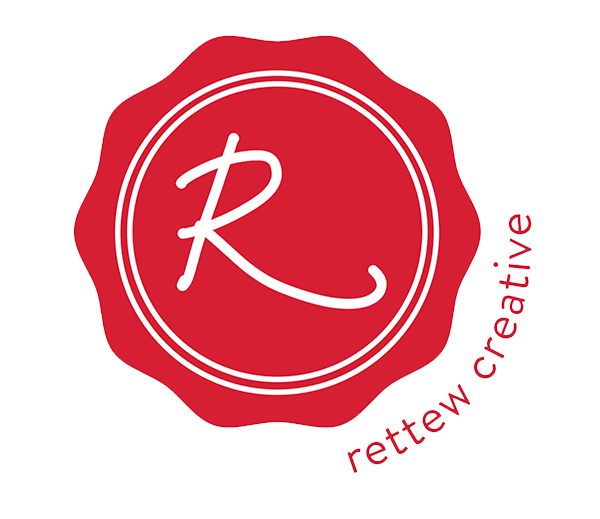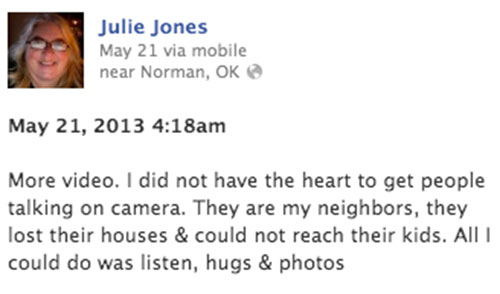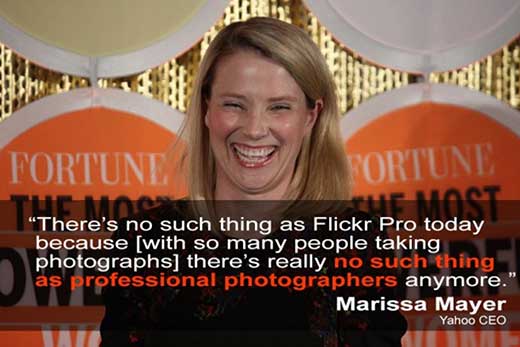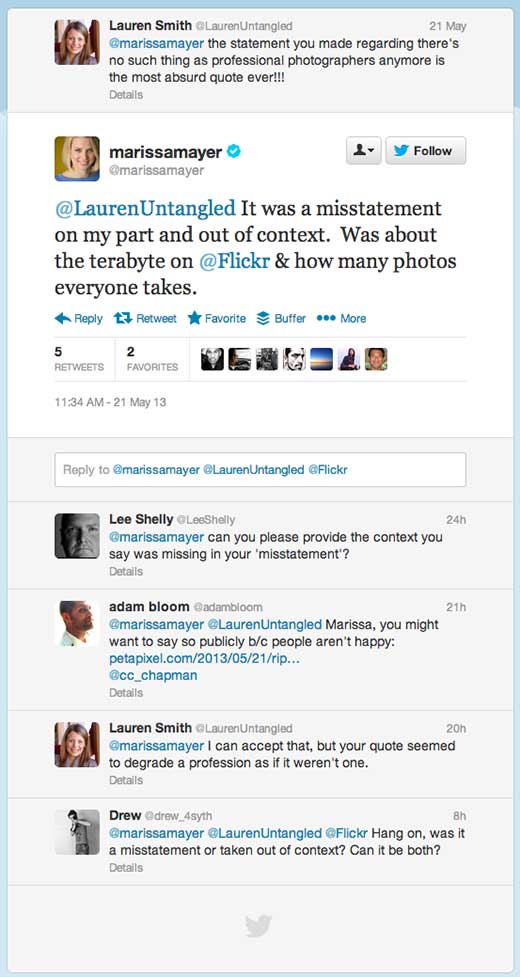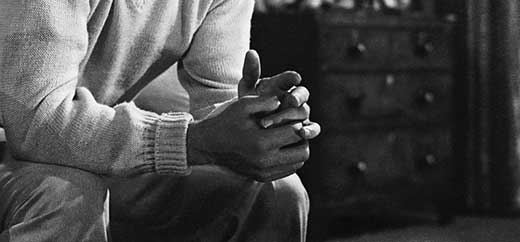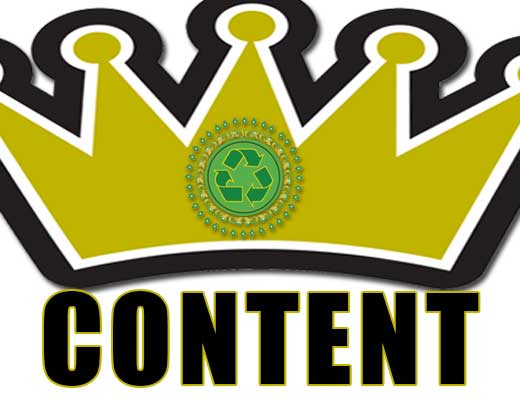I have been following the Facebook posts of a friend who lives in Moore, Oklahoma. She has experienced first hand the devastation of the massive tornado that ripped apart the city she calls home.
I met Julie in Phoenix, Arizona in 1999 when I worked for KPHO-TV. She is probably one of the most talent photojournalists I have met. I still remember some of the amazing stories she produced. I am not sure if she remembers me, but she is one the many reasons I came to Phoenix. It was my hope to learn from talented professionals like Julie and many others that worked in the Phoenix market at the time.
Her recent posts this Memorial Day weekend had me thinking and reflecting:
Facebook Post from Julie Jones (Moore, OK) – May 26, 2013
“Businesses along 19th at Telephone Rd are starting to reopen. The 19th Starbucks (not the one across from Target that I shared earlier) opened late afternoon yesterday. The Tide group are finally getting people with the laundry. And the PR producers/photogs are finally getting real people to talk to.
Finding it hard to relate to you my observations about press coverage except to say – we really do ask stupid questions. A kindeogardemer (sp? iPhone thinks that is right) flatly told me years ago — after me asking what was happening — “don’t BE silly!”
She said it so strongly and condescendingly I had to walk away and sit for moment. True story.”
In the next Facebook Post from Julie Jones (Moore, OK) – May 26, 2013
“I am struggling to find the right advice for asking questions — cuz we have all witnessed, via the news coverage, all the sappy attempts to get emotional responses that the local, regional, and national press have used.
Really there only seems to be a few questions in my mind that should be asked of the people affected (I refuse to call us victims – we are far from victims):
The jones standard: what is _____ (fill in with “today, this event, this block etc”) and what does it mean to you?
Where is your house and how is it?
What are your steps today to move forward?
And, maybe, what is the thing you witnessed that caught you the most?
And off camera – what do you need? Most likely we just need info – where do I get my mail? Where are the FEMA trucks? Do u know if I have to stay at home for FEMA to find me (that has been my question as I search for Wifi)?”
As I was reading her thoughts…her observation and reflection as just applicable to my daily life as they are for press/journalists.
This thought makes me go back and look at a video I remember her posting the day after the tornado struck. More importantly, her Facebook post that coincided with this shared video.
Facebook Post from Julie Jones (Moore, OK) – May 21, 2013 4:18am
I think Julie has shared something most revealing, and more importantly, something storytellers should use regardless of our assignment, client, deadline, or purpose when capturing the moment…we should listen. We should listen with more than our ears, we should listen with our hearts. We should also listen and ask questions that are most natural, not ones that have the ulterior motive of sparking an emotion. The emotion is already there, it is our place to learn to listen *and* allow those emotions to fill the space when it is appropriate.
Thanks to Julie for this reminder.
Here is a little more about Julie, her career, and her work.

A former television photojournalist and producer, Jones brings a wealth of professional experiences to her academic work. Her research is focused on the participatory nature of online news and visual platforms. Her work has been published in New Media and Society, ACM publications, PBS MediaShift, and she is an active member of AEJMC’s Communication Technology division.
